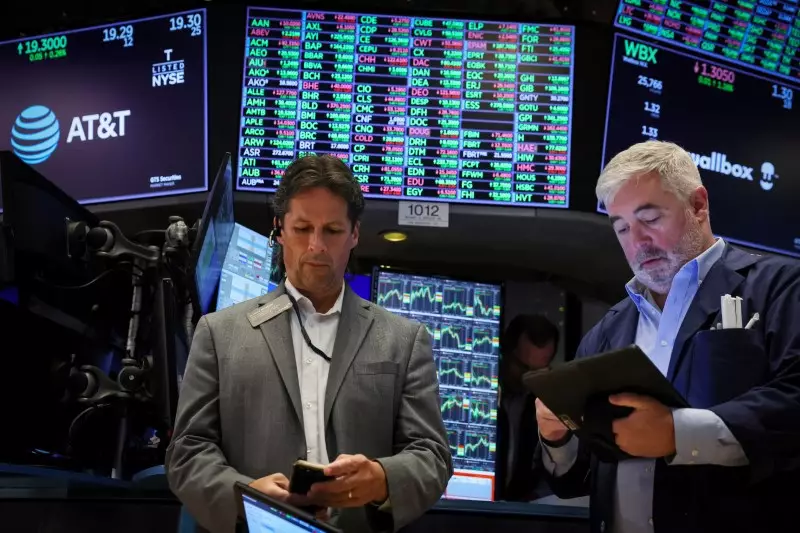As the trading week came to a close, the S&P 500 managed to end higher despite experiencing significant volatility earlier in the week. This came as a relief for investors who witnessed a steep decline on Monday, triggered by concerns of a looming recession and the unwinding of a global yen-funded carry trade.
The technology sector played a critical role in driving the index higher on Friday. The Cboe Volatility Index also saw a decrease after spiking earlier in the week. Investors, eager to find signs of stability, were cautiously optimistic as reflected by the 0.47% gain in the S&P 500 on Friday.
Federal Reserve policymakers’ statements on Thursday provided some reassurance to the markets. They expressed confidence in the cooling of inflation, hinting at potential rate cuts in the near future. The upcoming Fed meeting on Sept. 17-18 is anticipated to shed more light on the timing and magnitude of these cuts.
Despite the positive end to the week, market experts like Michael James remain cautious. James pointed out that lingering uncertainty and anxiety are expected until the next Fed meeting. Traders are closely monitoring the odds of either a 25 or 50 basis point reduction in rates, with the current probability split almost evenly.
Looking ahead, investors are keen on the upcoming readings on U.S. consumer prices and retail sales for July. These numbers are anticipated to offer fresh insights into the state of the American economy and potentially influence future market trends.
Year-to-Date Performance
Despite recent fluctuations, all three major indexes have delivered strong performances for the year. Tech-related megacaps have been a significant contributor to the gains, driven by robust earnings and optimism around artificial intelligence. The recent selloff has also made tech stocks more attractively priced based on price-to-earnings ratios.
Individual Performances
On Friday, several individual stocks stood out with noteworthy gains. Videogame publisher Take-Two Interactive Software saw a 4.4% increase, fueled by optimistic expectations for future growth. Online travel agency Expedia also posted a substantial 10.2% gain after surpassing analysts’ profit projections for the second quarter.
Trading volume on U.S. exchanges was slightly lower compared to the 20-day average. Advancing issues slightly outnumbered declining ones on both the NYSE and Nasdaq. The S&P 500 recorded 15 new 52-week highs and 3 new lows, while the Nasdaq Composite witnessed 52 new highs and 159 new lows.

